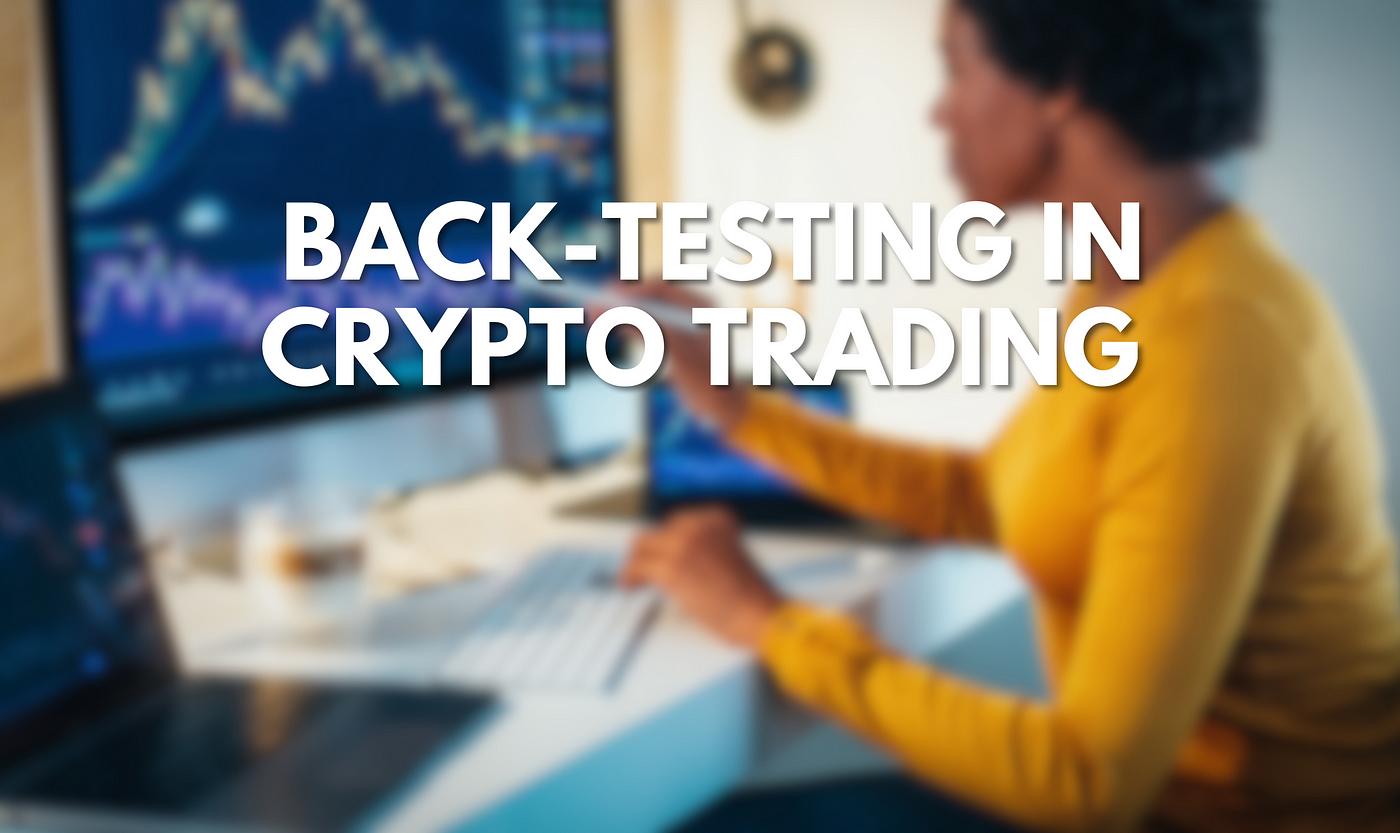As cryptocurrency trading grows in popularity, effective tools for developing and refining strategies become essential. One such tool is crypto backtesting. This article explores what crypto backtesting is, why it is important, and how to implement it effectively.
What is Crypto Backtesting?
Crypto backtesting involves evaluating a trading strategy or algorithm using historical market data to assess its potential performance. By simulating trades based on past data, traders can estimate how their strategies might perform under current and future market conditions. This process is crucial for validating strategies before committing real capital.
Importance of Crypto Backtesting

Crypto backtesting is crucial for several reasons:
- Validation of Strategies: It demonstrates how a strategy would have performed historically, providing confidence in its potential effectiveness. This historical validation helps traders avoid implementing untested strategies in live markets.
- Risk Management: Identifies potential weaknesses in a strategy, allowing for adjustments to better handle adverse market conditions. This proactive approach helps in minimizing potential losses and managing risk more effectively.
- Optimization: Enables traders to fine-tune their strategies by adjusting parameters based on historical performance data. This optimization process ensures that strategies are as efficient and effective as possible.
- Avoiding Overfitting: Helps prevent strategies from being too closely tailored to historical data, which can lead to unrealistic expectations and poor performance in live markets. By balancing strategy flexibility with historical performance, traders can better prepare for future conditions.
How Crypto Backtesting Works
Crypto backtesting involves several steps:
Data Collection: The process begins with gathering historical market data, such as prices, volumes, and other indicators. Accurate and comprehensive data is essential for meaningful backtesting. Data quality impacts the reliability of the backtest results.
Strategy Definition: Define the trading strategy you wish to test. This includes specifying entry and exit signals, risk management rules, and other relevant criteria. A clear and detailed strategy helps in accurate simulation and analysis.
Simulation: Run simulations of the trading strategy using the historical data. The backtesting software executes trades as if they were made in real-time, based on the defined strategy. This simulation mimics real trading conditions and helps in assessing strategy performance.
Analysis: Review the simulation results, focusing on key metrics such as profit and loss, drawdowns, win/loss ratios, and overall performance to evaluate the strategy’s effectiveness. Detailed analysis helps in understanding the strategy’s strengths and weaknesses.
Refinement: Based on the analysis, refine the strategy. This might involve adjusting parameters, incorporating new indicators, or changing risk management rules. Continuous refinement enhances the strategy’s robustness and adaptability.
Tools and Platforms for Crypto Backtesting
Several tools and platforms can facilitate crypto backtesting:
- TradingView: Offers extensive charting tools and scripting capabilities through Pine Script for detailed strategy backtesting. Its user-friendly interface makes it accessible for traders of all levels.
- MetaTrader 4/5: Provides backtesting features via Expert Advisors (EAs), popular in forex and crypto trading. Its comprehensive trading environment supports complex strategy testing.
- Backtrader: An open-source Python library designed for sophisticated backtesting and strategy development. It provides flexibility for custom strategy development and detailed analysis.
- QuantConnect: A cloud-based platform supporting backtesting and live trading across various asset classes, including cryptocurrencies. It offers extensive data coverage and algorithmic trading capabilities.
- Cryptosheets: Integrates with Excel and Google Sheets for accessing historical data and performing backtests. Its integration with popular spreadsheet tools simplifies data analysis and strategy testing.
Best Practices for Effective Crypto Backtesting

To ensure effective backtesting, consider the following practices:
Use High-Quality Data: Ensure the historical data used is accurate and representative of the market conditions during the period being tested. High-quality data improves the reliability of the backtest results.
Account for Market Conditions: Be aware that past performance does not guarantee future results. Strategies that worked well in the past may not perform similarly due to changing market conditions. Consider market trends and macroeconomic factors when analyzing results.
Avoid Data Snooping: Ensure that the strategy is not overly optimized for historical data to avoid unrealistic expectations and poor live market performance. A well-rounded strategy should perform consistently across different time periods and market conditions.
Incorporate Transaction Costs: Factor in transaction fees, slippage, and other costs that might affect the strategy’s real-world performance. Accurate accounting for costs ensures that the backtest results reflect realistic trading conditions.
Perform Out-of-Sample Testing: Test the strategy on data not used in the initial backtest to assess its robustness and adaptability. Out-of-sample testing provides additional validation and helps in confirming the strategy’s effectiveness.
Crypto backtesting is an essential tool for traders seeking to develop and refine their trading strategies. By analyzing historical performance, traders can gain confidence in their strategies and prepare for future market conditions. Utilizing the right tools, adhering to best practices, and understanding real-world applications ensures that backtesting provides valuable insights and helps optimize trading strategies for better performance. Whether you are a novice trader or an experienced professional, mastering crypto backtesting can significantly enhance your trading success.

